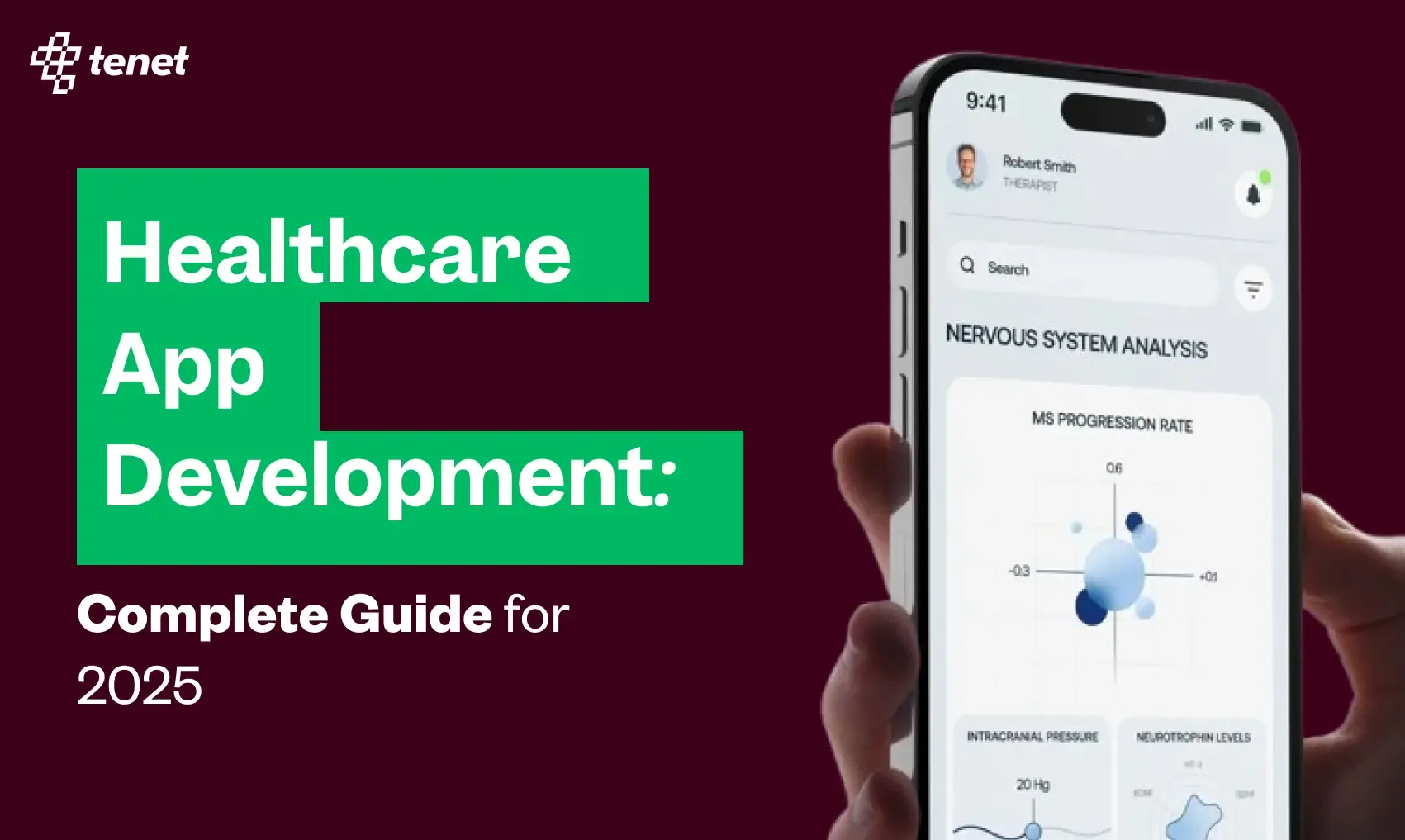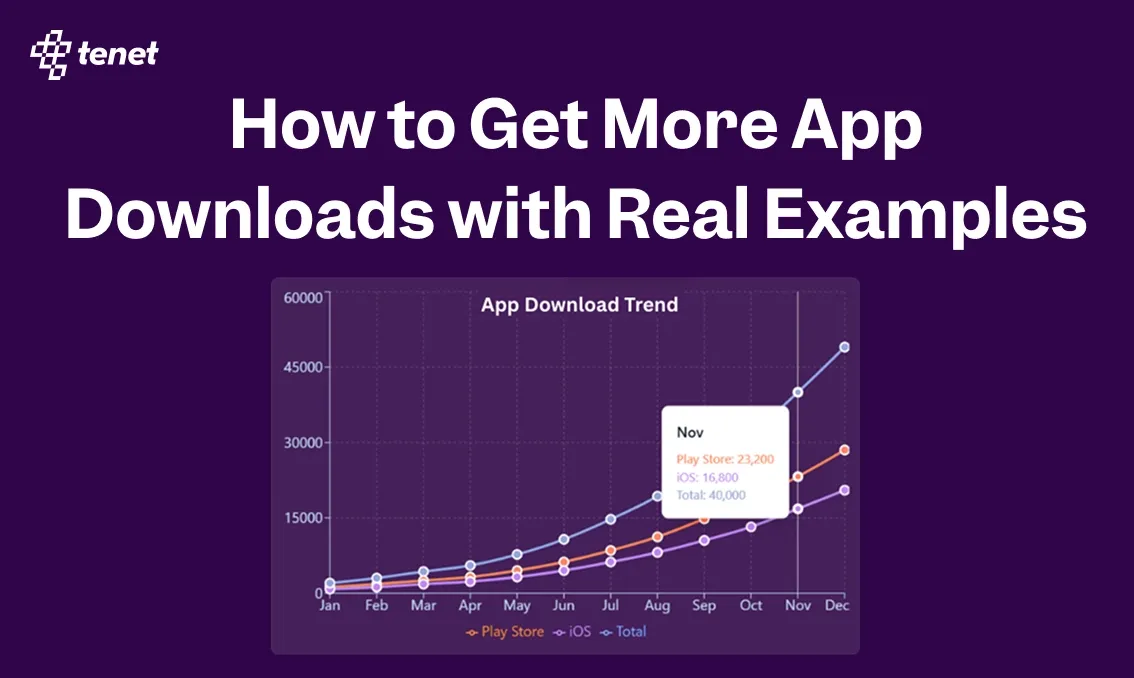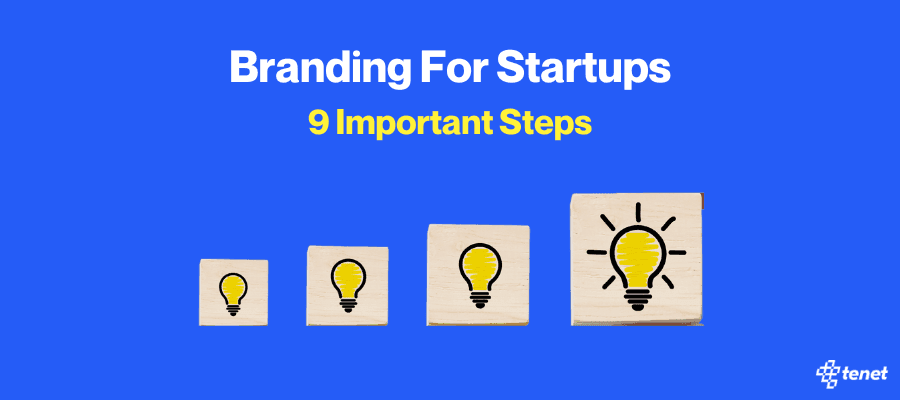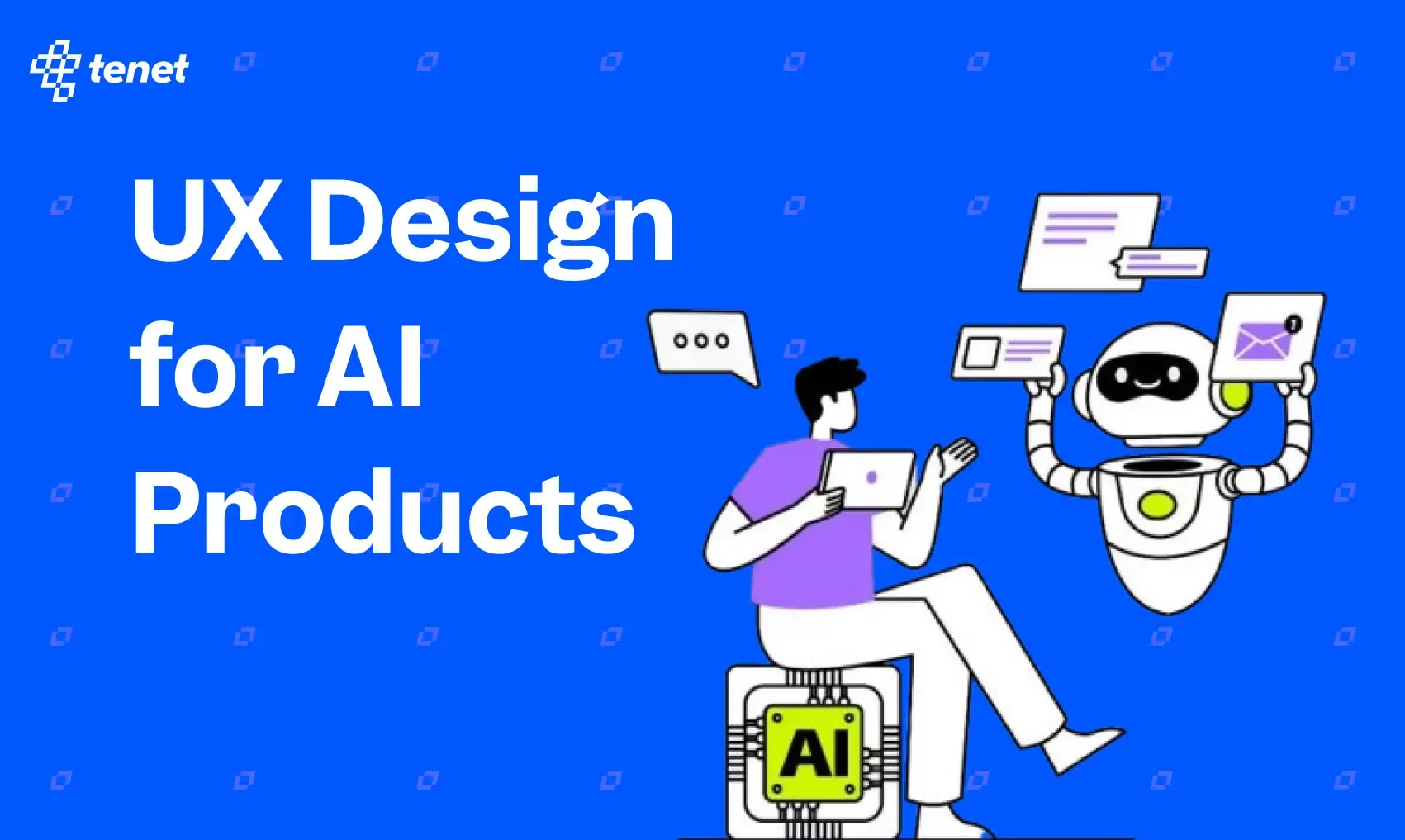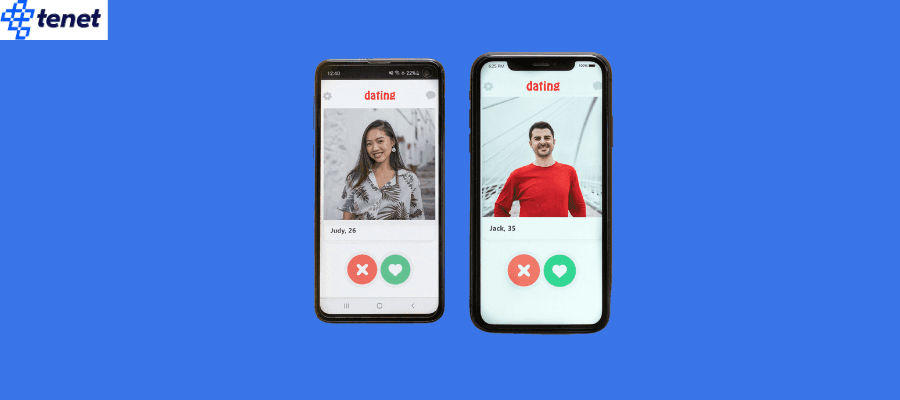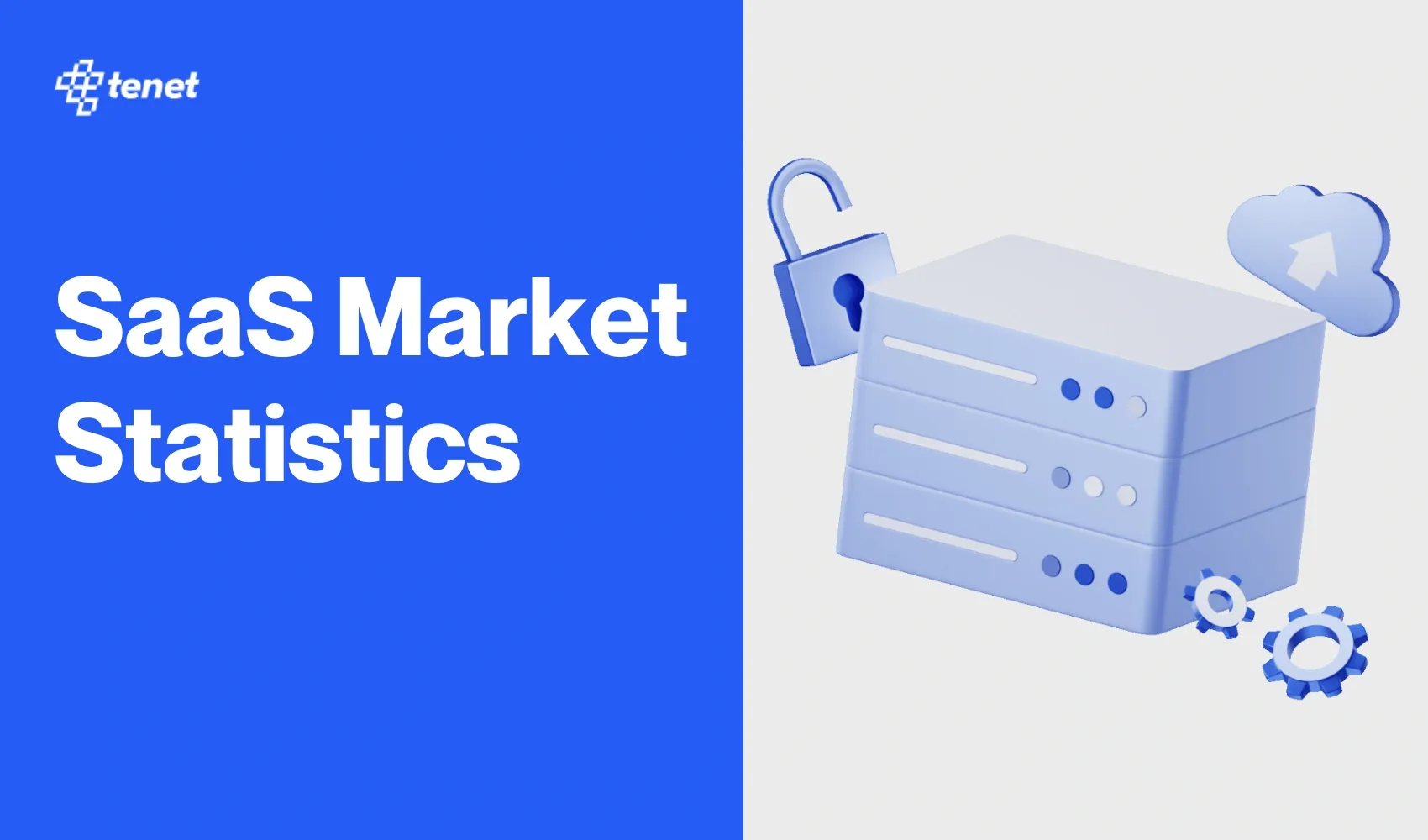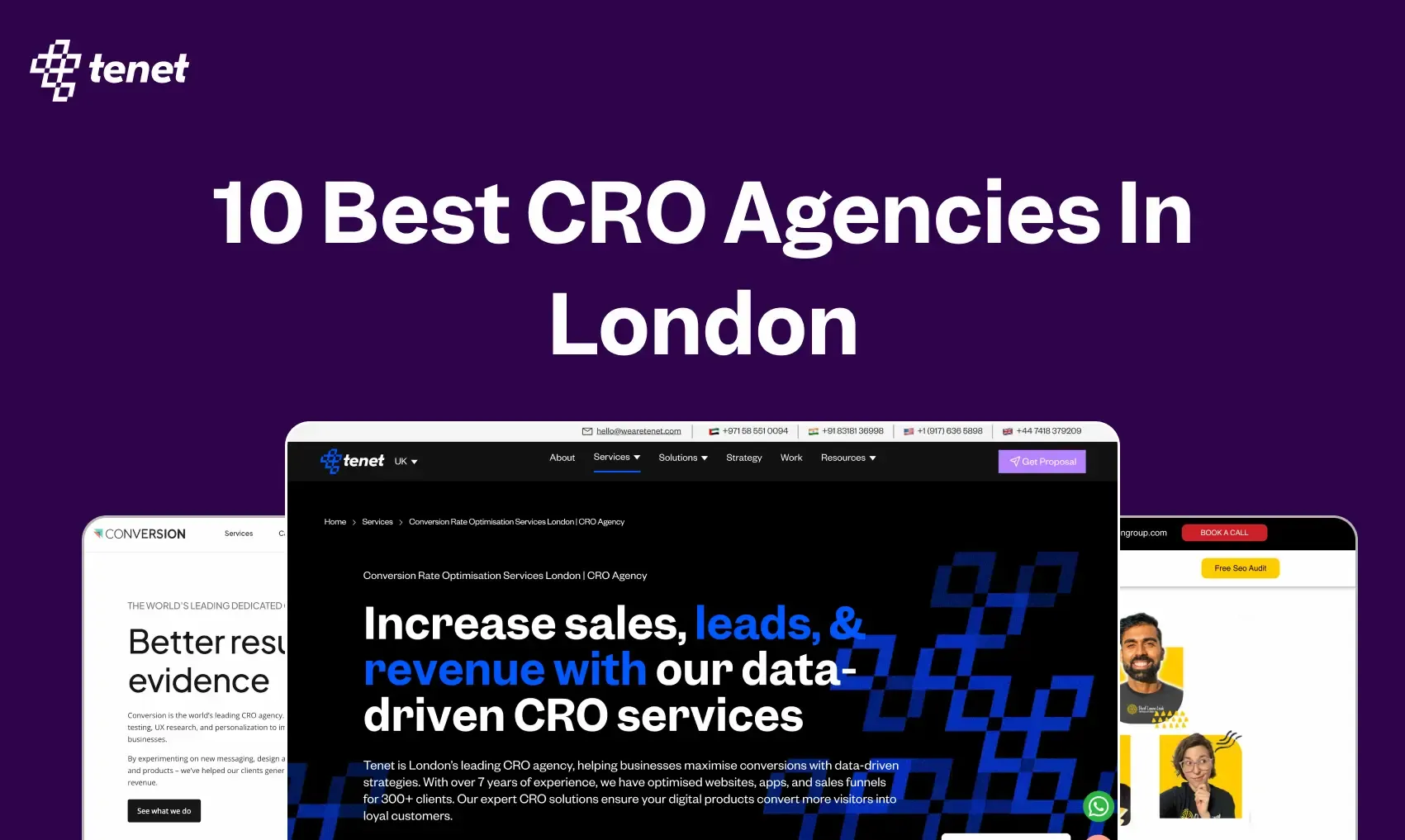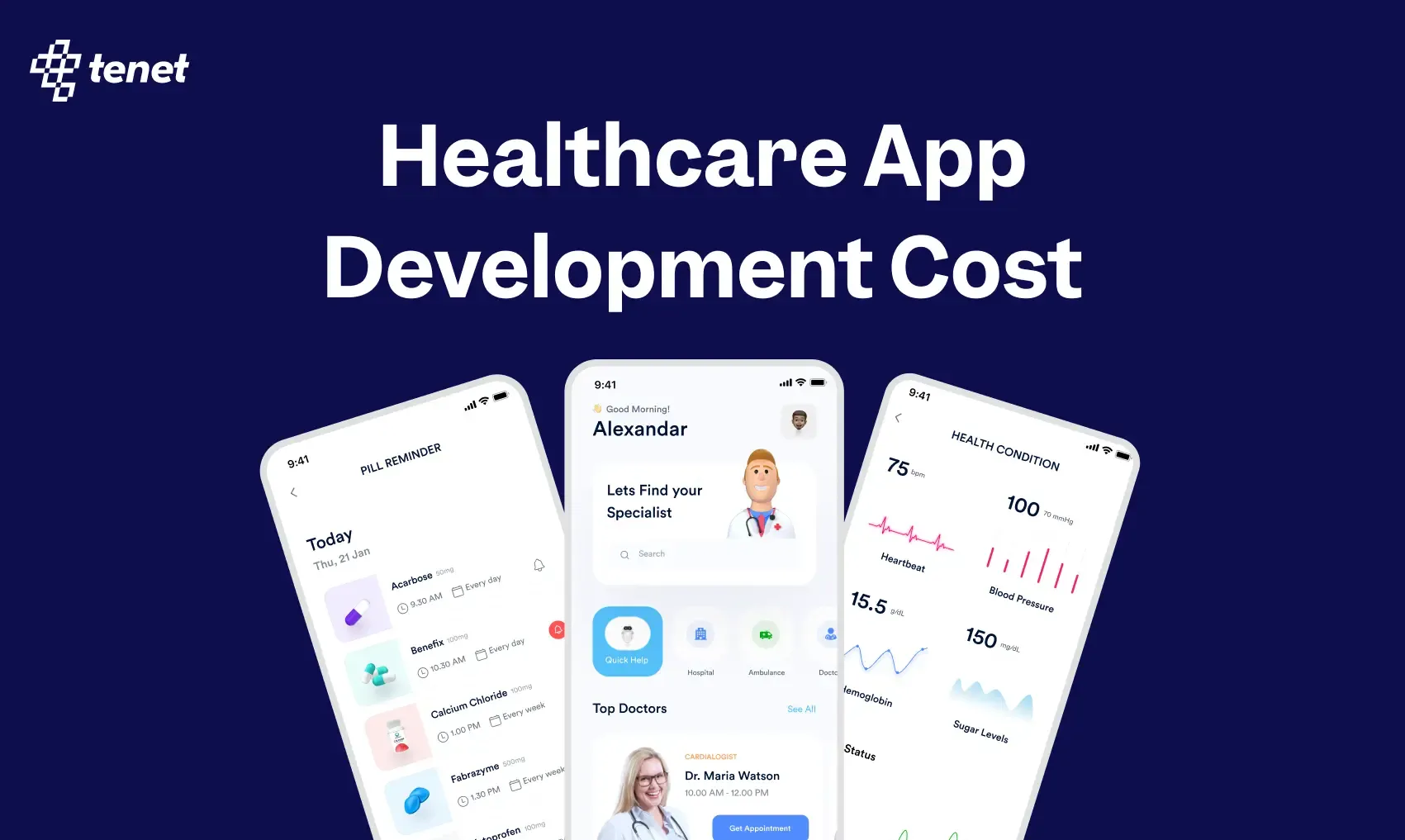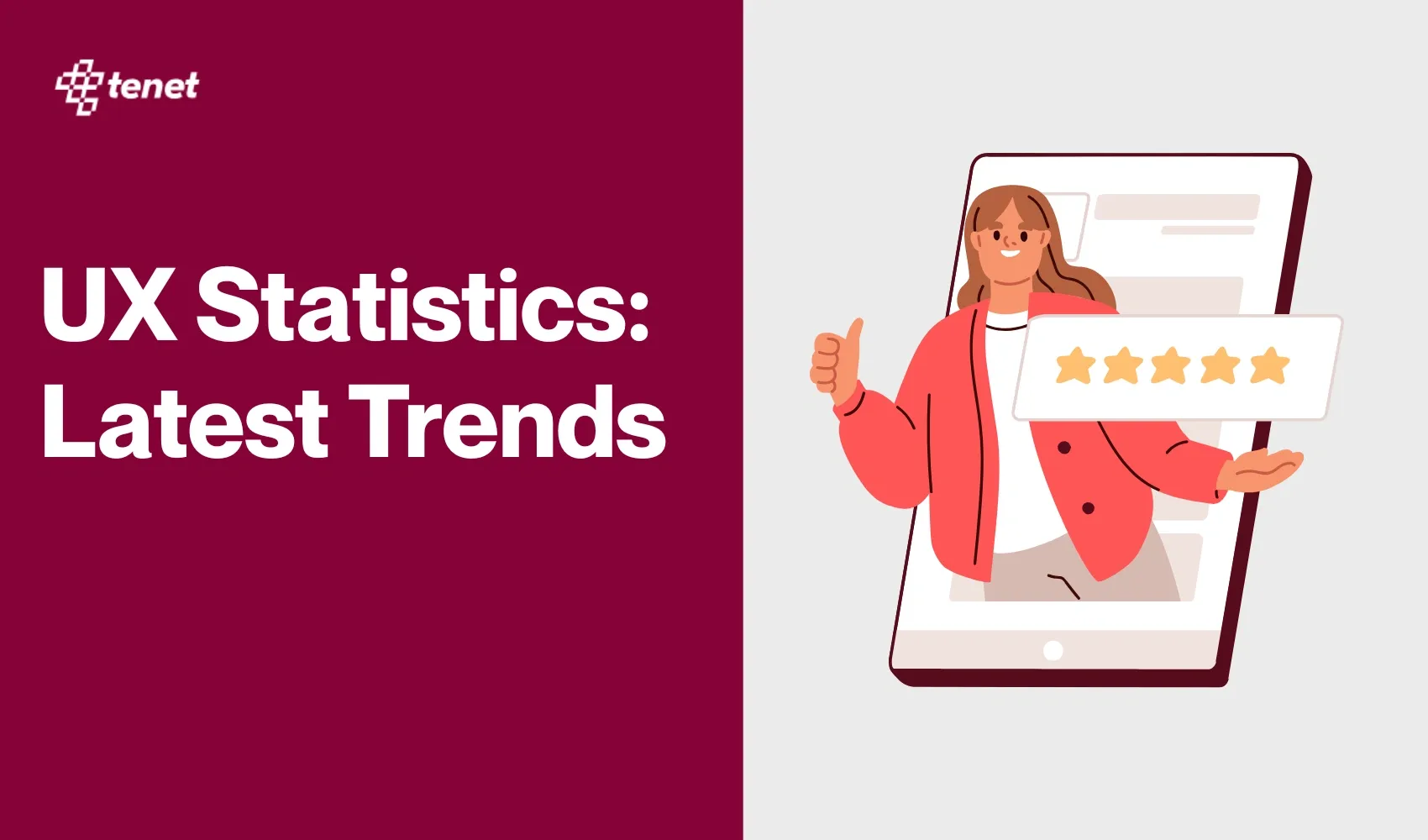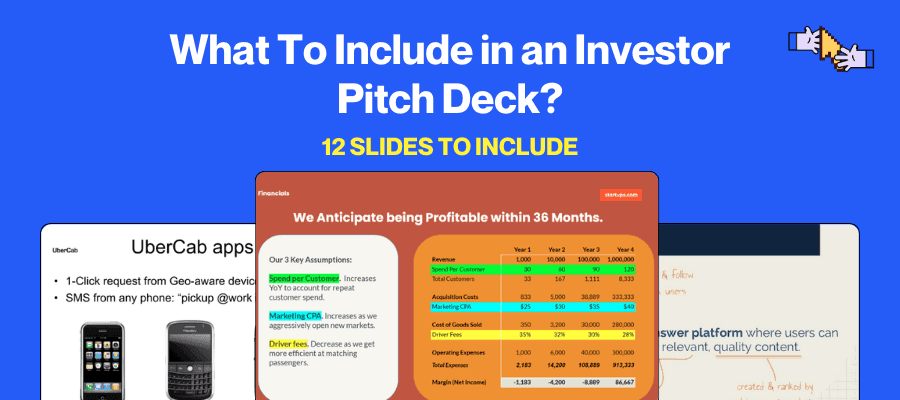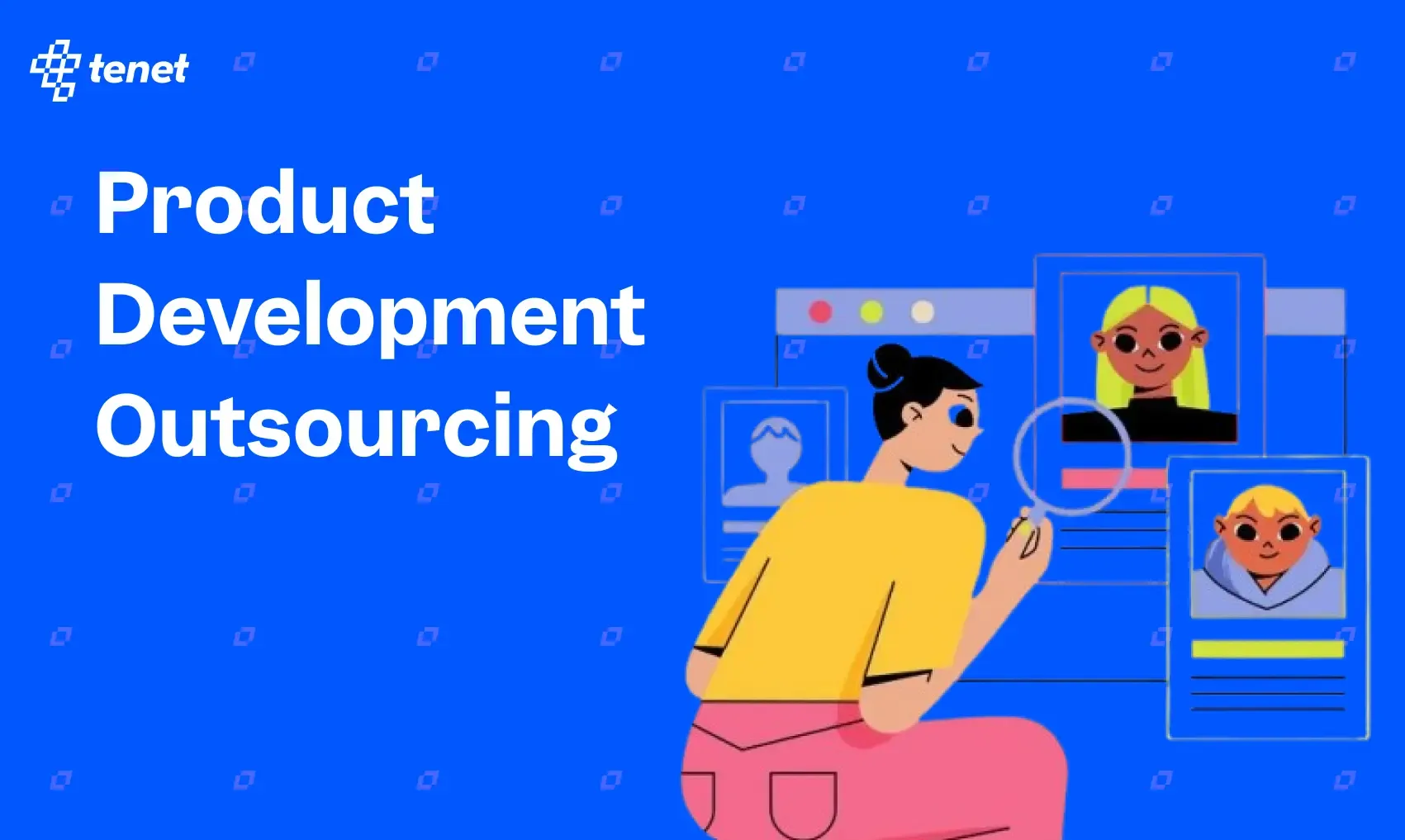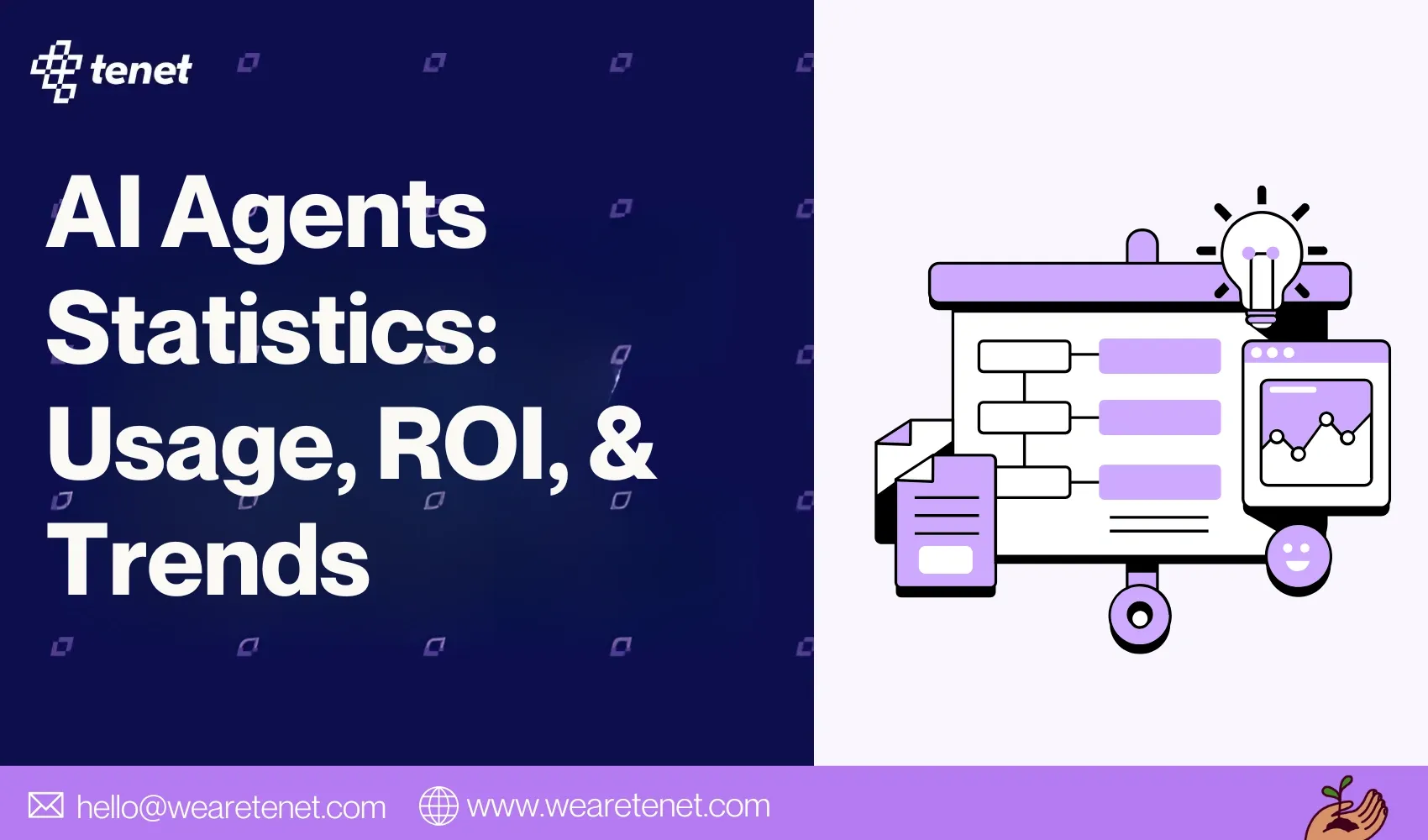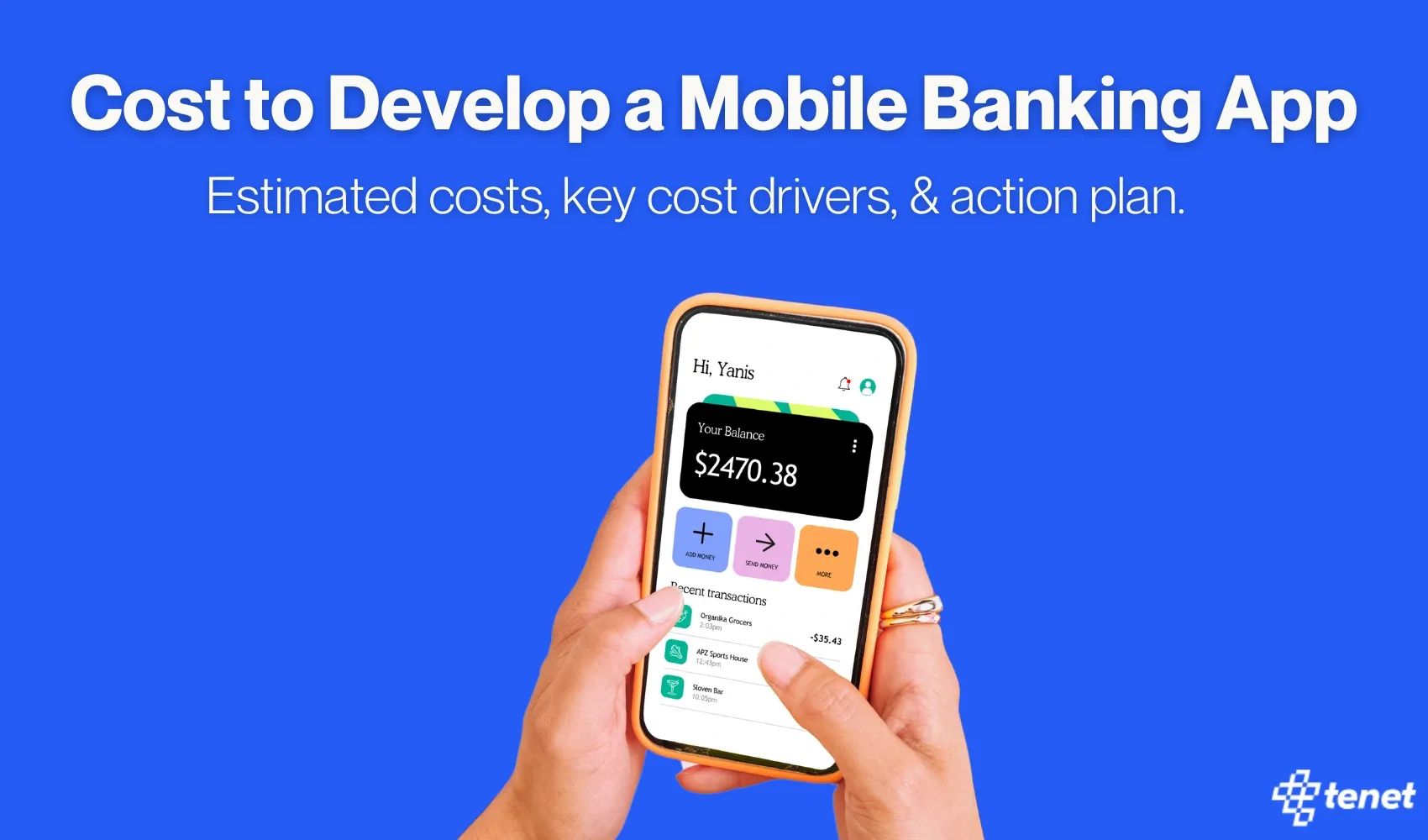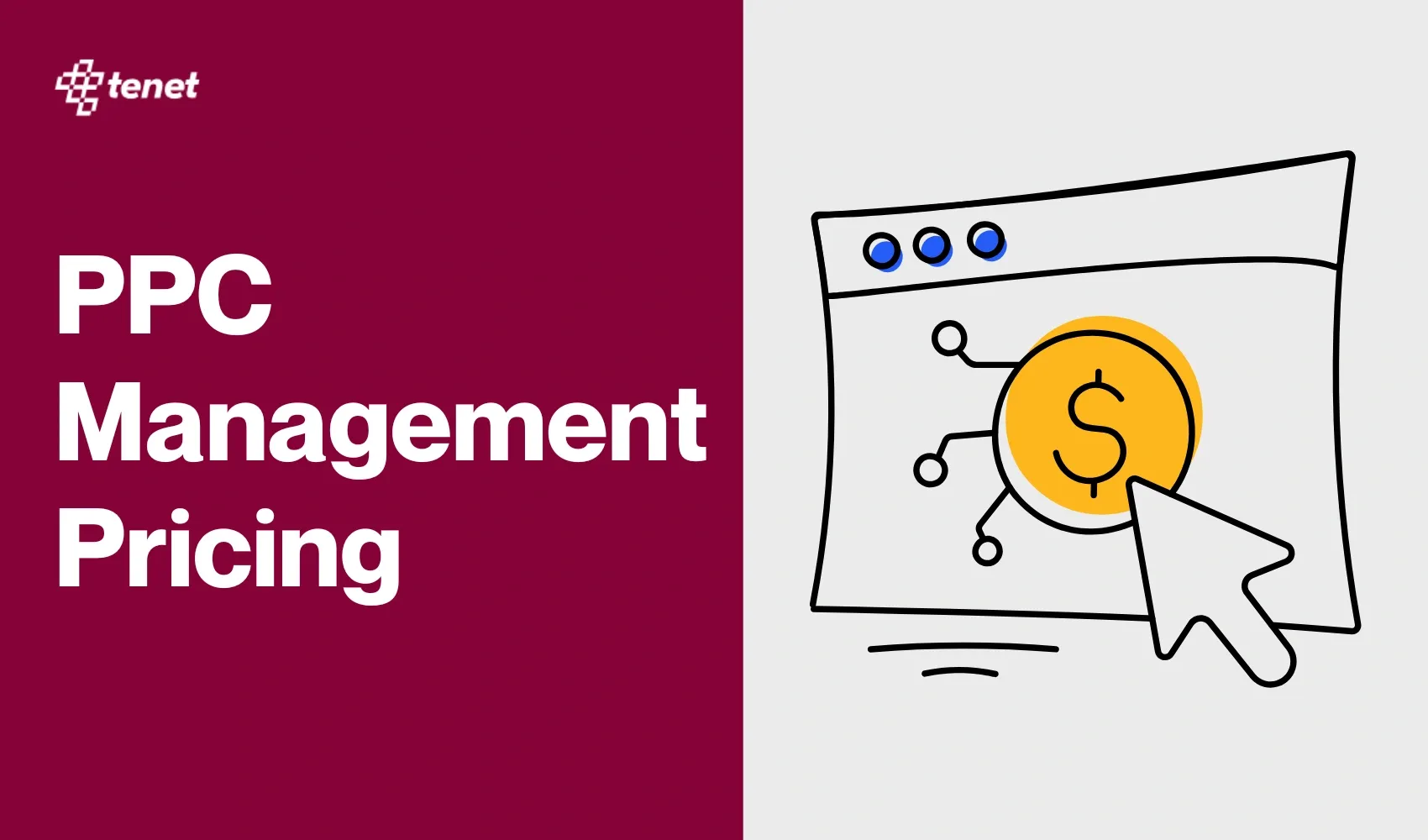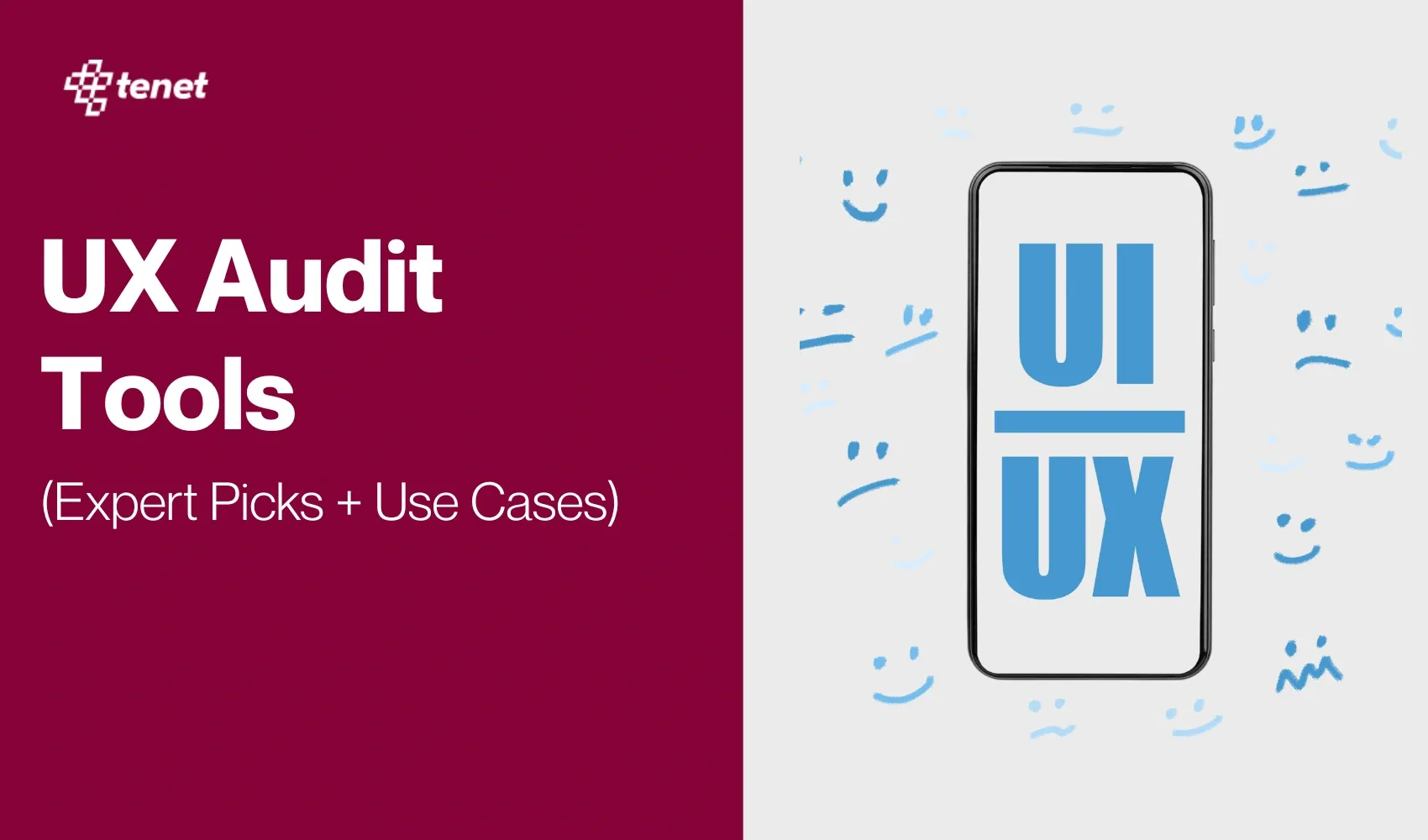AEO vs SEO vs GEO: How to Win in Google and AI Search
Share
Share
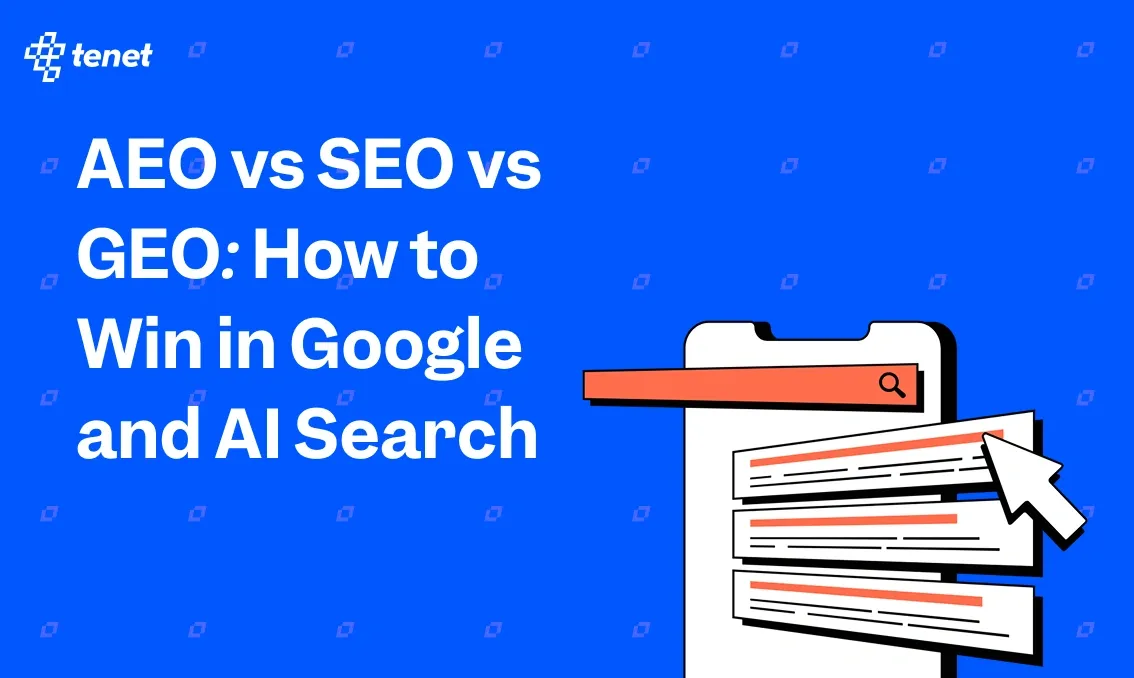
Ranking well in Google is no longer enough. AI models like ChatGPT, Gemini, and Google’s AI Overviews are giving users direct answers, and your brand might not appear without visibility in AI platforms.
If you ignore these LLM platforms and AI overview, your content stays hidden while competitors dominate both clicks and citations.
This guide highlights the core differences between SEO with AEO and GEO, also called LLM.
Also, learn how to use SEO, AEO, and GEO to get your content cited and featured in AI responses while building lasting trust and credibility.
What is AEO?
Answer Engine Optimization is the process of structuring and presenting information so that AI-powered systems and voice assistants can easily extract and deliver it as a direct answer.
This includes formatting content in a question and answer style, using concise and clear language, and applying structured data markup.
AEO helps brands appear in featured snippets, voice assistant responses, and instant answer panels where the user may not visit the website but still receives the brand’s information.
Suppose you type “How to reset password in Zoho” into Google. When your content is clear and well-organized, Google can display it directly as a quick answer at the top of search results.
Here is an image of Google search results for 'How to reset password in Zoho' featuring an instant, AI-generated step-by-step answer at the top, an example of effective Answer Engine Optimization (AEO) in action.
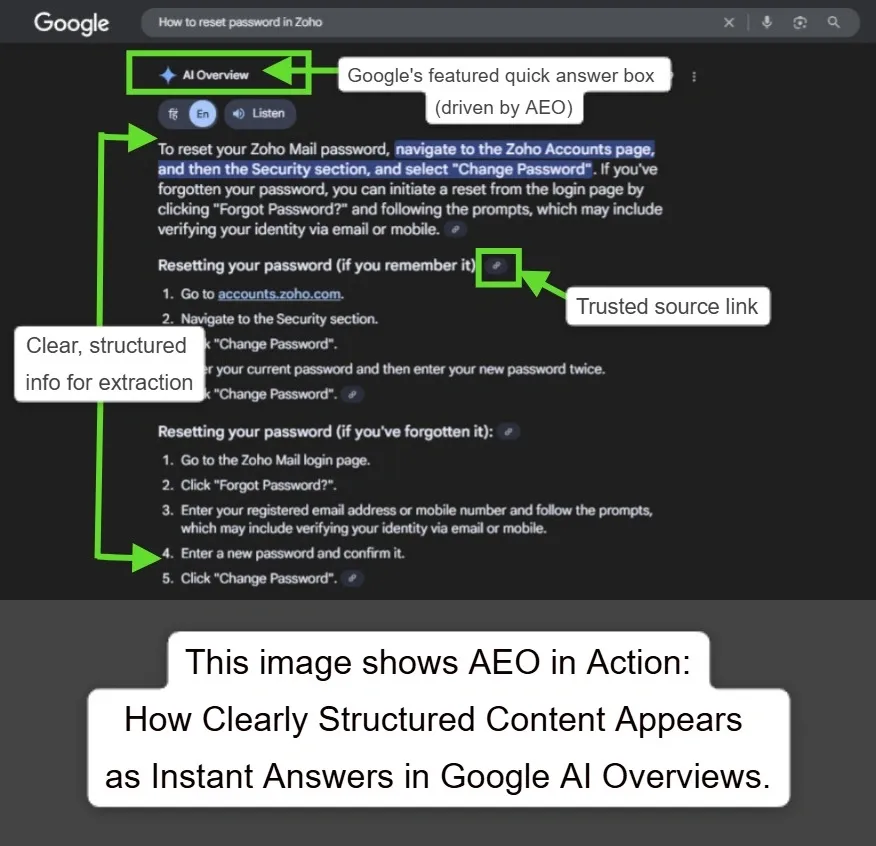
What is SEO?
Search Engine Optimization (SEO) is the process of optimizing your website to improve organic ranking in search engines, get traffic and generate leads for your business. The goal is to acquire users who are actively searching for what you offer (products, services, or information) without having to pay for every click.
Core elements of SEO include:
- Keyword Research: Finding out which words people use when searching for what you offer.
- On-Page Optimization: Making sure individual pages have clear titles, headings, and content focused on your target topics.
- Technical SEO: Technical SEO ensures that search engines can efficiently crawl and index your website
- Link Building: Earning links from other reputable sites to build trust and authority.
Suppose someone searches, “What is digital marketing?” on Google.
If your website has an article that includes a clear, concise definition and is well-structured, Google may show your site among the top organic results.
Users are more likely to click and read your answer, even though your placement is not a paid ad but an earned position through SEO work.
The following image demonstrates Search Engine Optimization (SEO) in action and shows how well-optimized websites appear as top organic search results on Google, earning visibility and clicks for relevant user queries, without relying on paid ads.
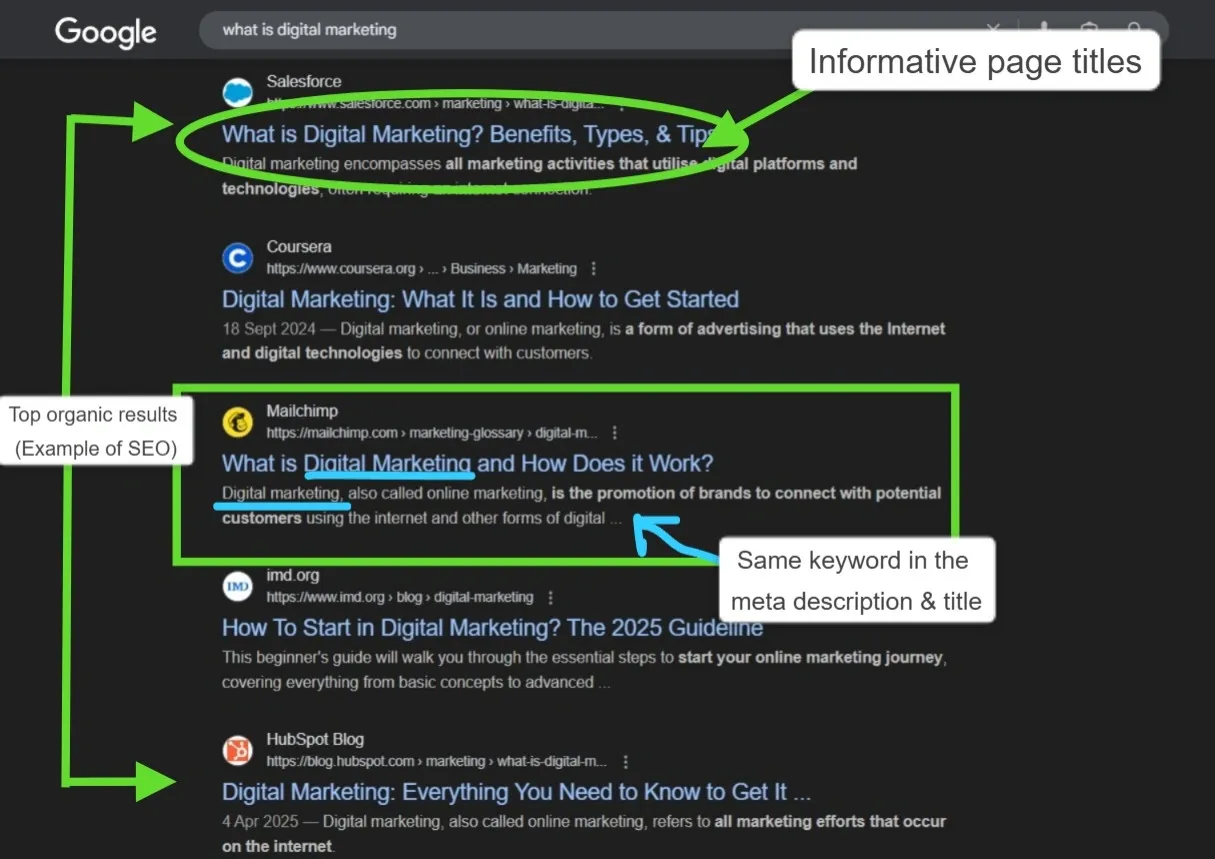
👉 Explore our SEO agency recommendations:
What is GEO?
Generative Engine Optimization is the process of optimizing content so that it is recognized, understood, and cited by AI systems that generate answers using large language models. These models power tools like ChatGPT, Google AI Overviews, and Bing Copilot.
GEO involves ensuring the brand is mentioned across credible sources, creating LLM-friendly document structures, and providing detailed, context-rich information that AI can accurately incorporate into its responses. The goal is to maintain brand visibility even when users rely on AI-generated summaries instead of visiting multiple websites.
Here’s an image showing Generative Engine Optimization (GEO): AI platforms like Google AI Overviews and ChatGPT select, summarize, and cite content from trusted websites, featuring your expertise in conversational search results.
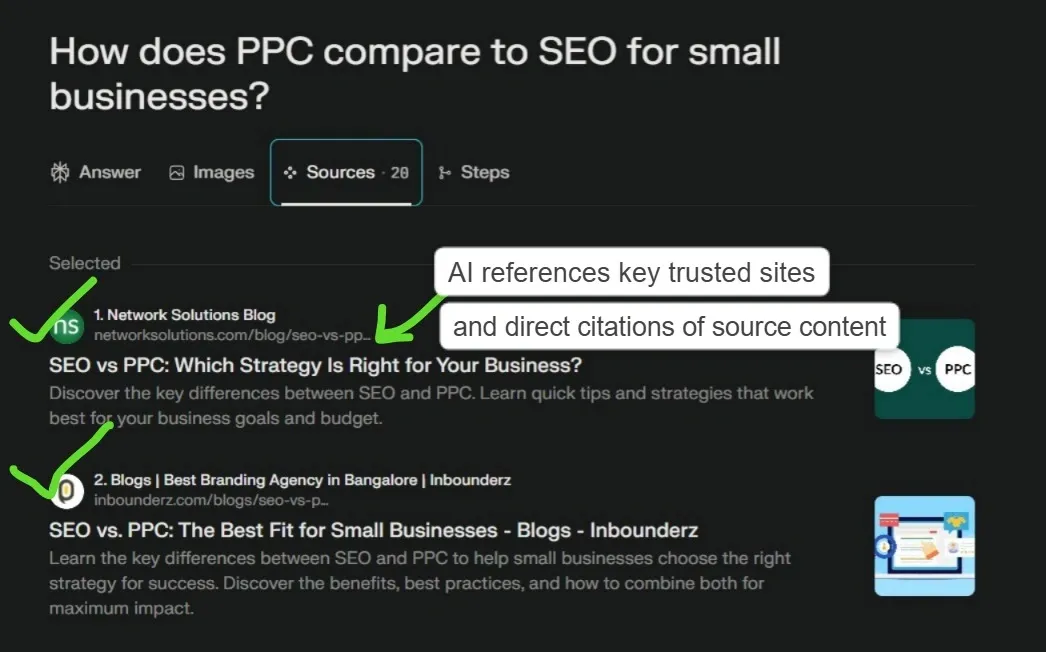
👉 For a step-by-step approach to optimizing content for LLMs and generative AI engines, see our dedicated LLM SEO guide.
AEO vs SEO vs GEO — are they the same or different?
AEO (Answer Engine Optimization), SEO (Search Engine Optimization), and GEO (Generative Engine Optimization) are closely related yet distinct strategies, each focused on achieving visibility in the evolving landscape of search and AI. Here are the key ways they compare and differ:
1. Why are these used?
SEO
It is used to increase website visibility, attracting organic traffic through keyword optimization, authority building, and technical improvements. It focuses on long-term growth and credibility in classic SERPs.
This screenshot shows how SEO focuses on boosting website visibility and attracting organic traffic by ranking for relevant keywords, building long-term authority and credibility in search results.
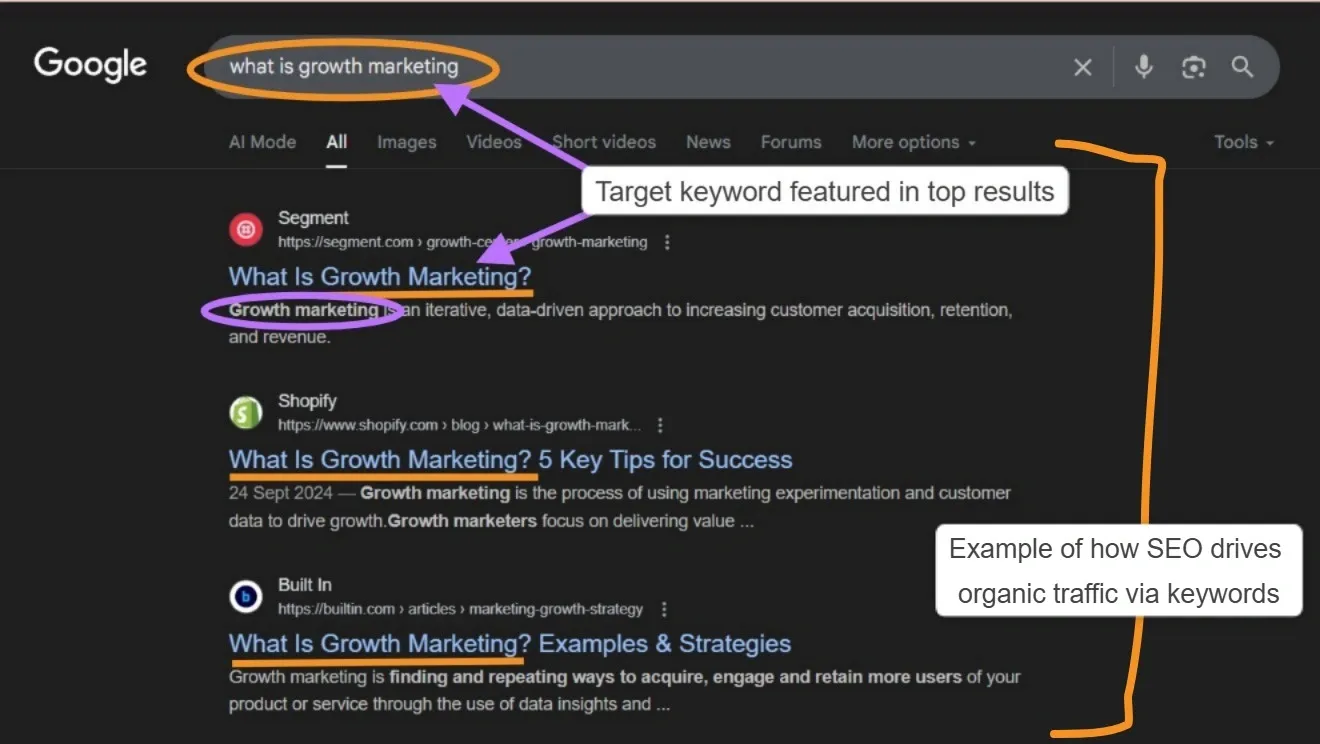
AEO
AEO focuses on structuring content to deliver clear and concise answers for “answer engines” like featured snippets, voice assistants, and AI overviews. The goal is to be the preferred source for instant, zero-click answers.
This image makes it clear that AEO’s core aim is to have content structured and immediately surfaced as a direct answer, via answer boxes, snippets, or voice search, capturing attention and providing zero-click solutions.
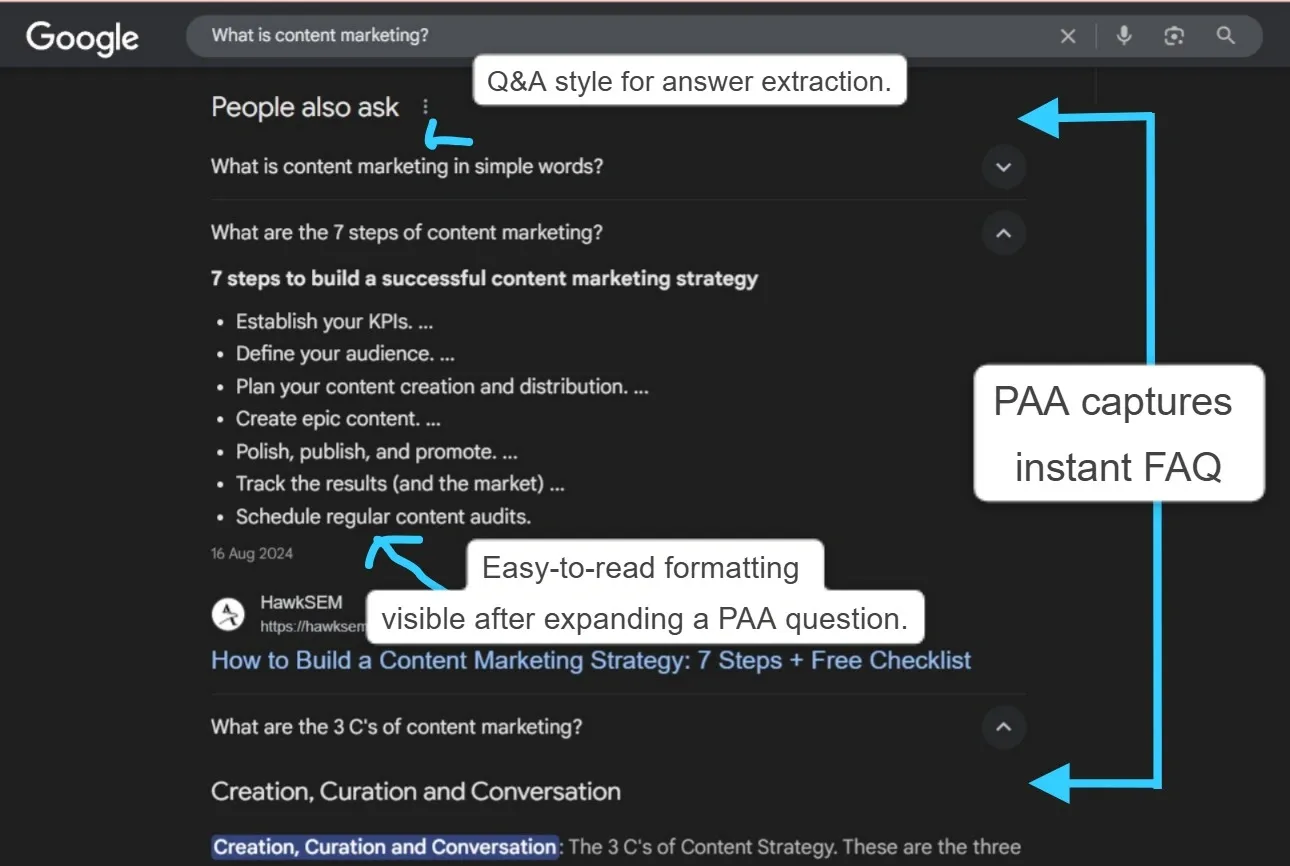
GEO
It ensures content is selected, summarized, and cited by generative AI tools (e.g., Google’s AI Overview, ChatGPT). It aims to be the trusted reference for AI-generated summaries and answers, especially for complex queries.
This visual shows content being cited as a trusted source in an AI-generated summary, demonstrating the goal of GEO.
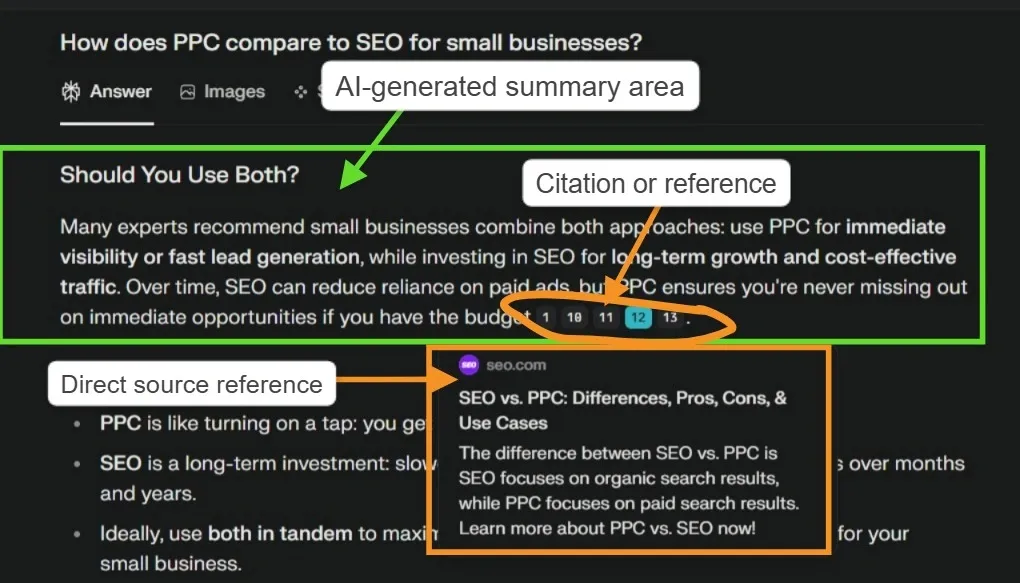
2. User Intent and Query Complexity
SEO
It serves broad navigational, informational, commercial, and transactional queries, and relies heavily on keyword mapping and explicit questions, matching established search patterns.
This image shows SEO targeting broad user intents, including navigational, informational, commercial, and transactional queries, through keyword optimization and classic search result rankings.
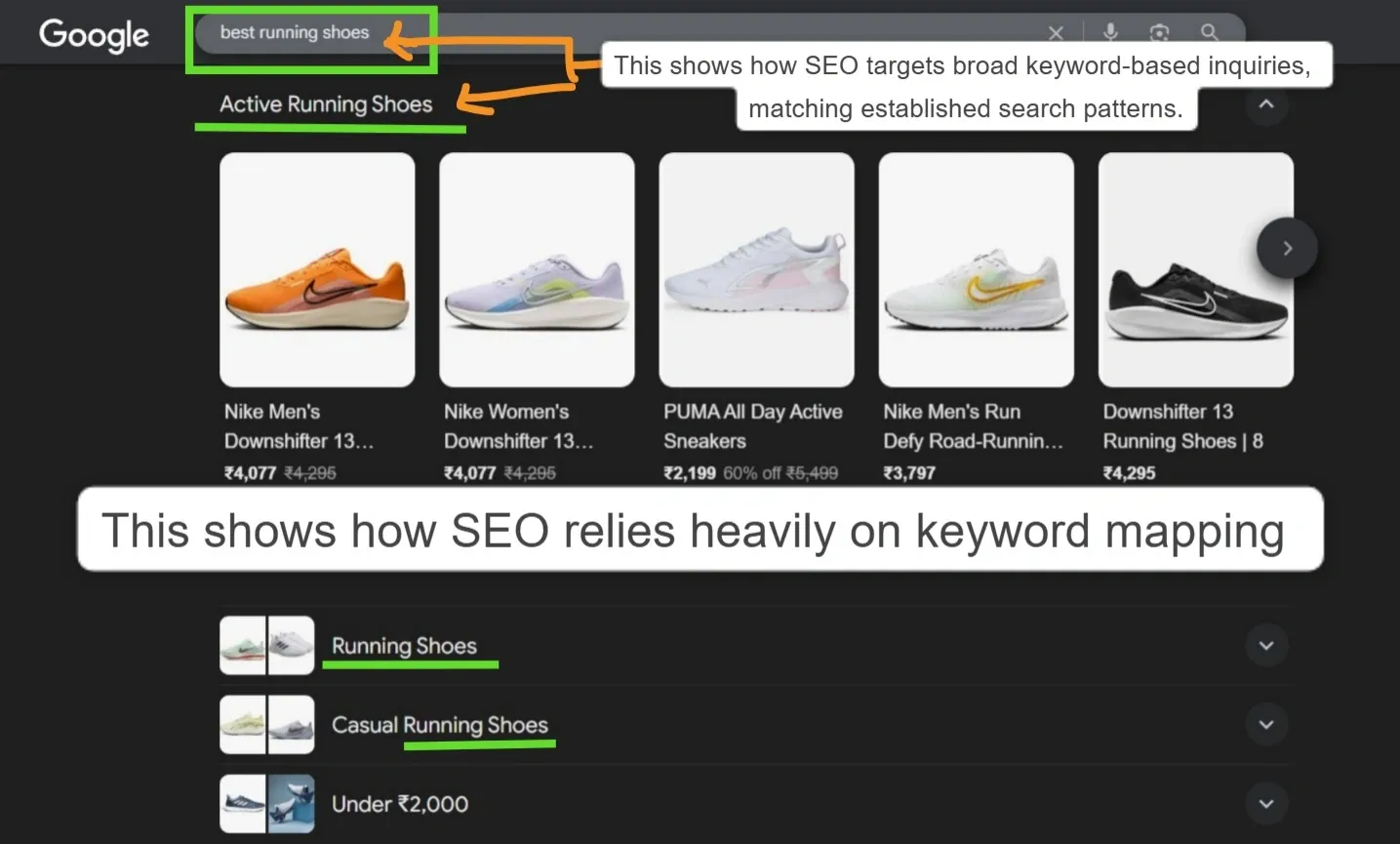
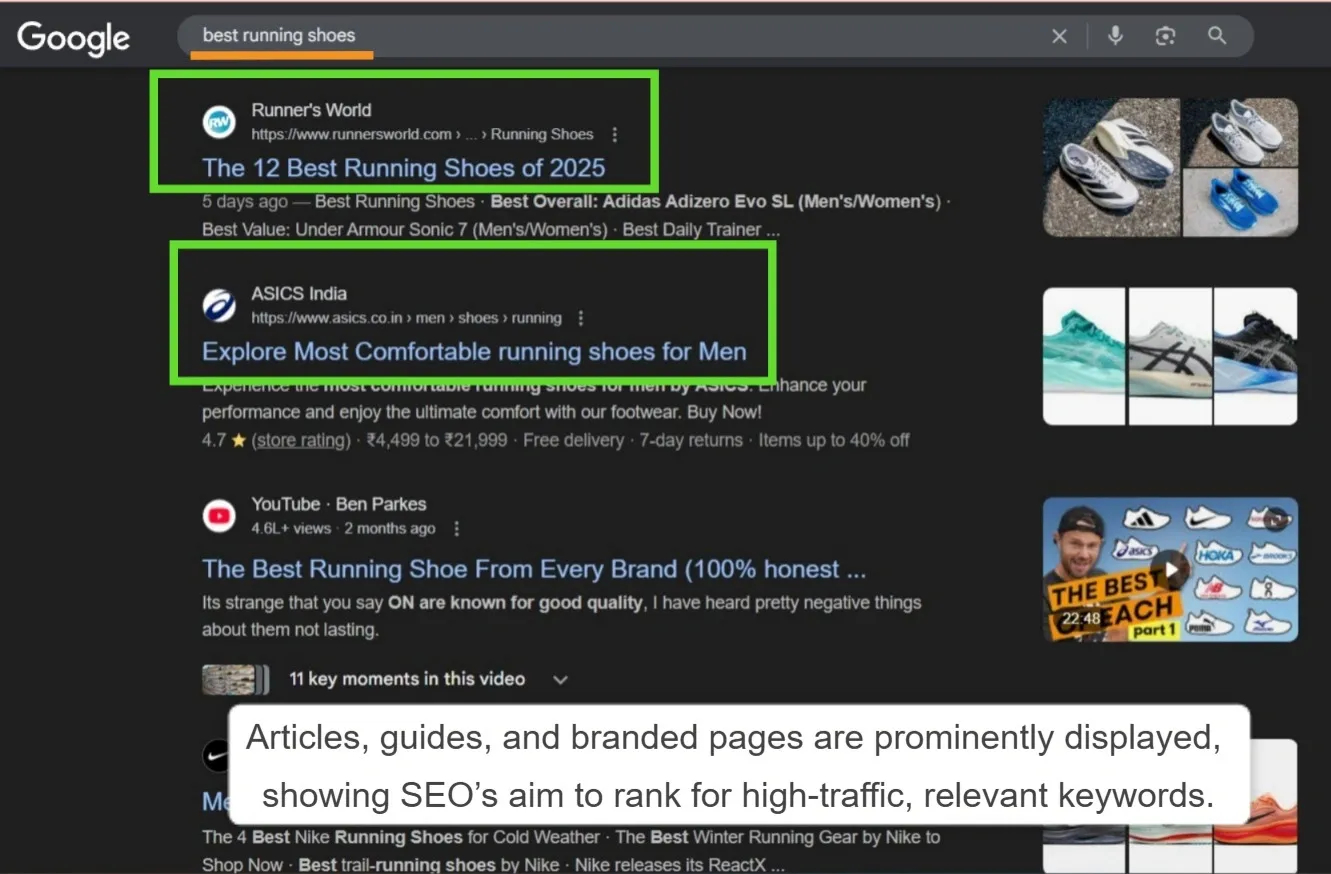
AEO
It focuses on specific, fact-based, often short-form queries (“what is,” “how to,” “who,” “when”) and is frequently the source for zero-click searches, voice, and conversational interfaces where direct answers are key.
This visual highlights AEO focusing on short, fact-based queries that deliver direct, instant answers via featured snippets, People Also Ask boxes, or voice search results.
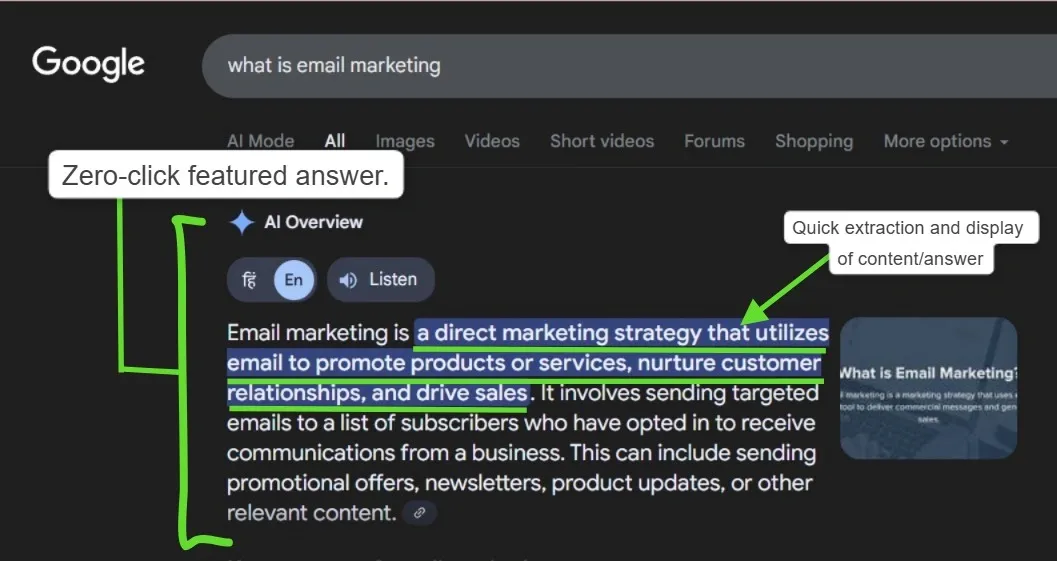
GEO
It focuses on complex, layered questions that people ask in AI tools like ChatGPT. To show up in these answers, your content needs to be easy for AI to understand, connect with other topics, and fit how the AI thinks.
This image highlights GEO’s focus on complex, multi-layered queries addressed by AI tools like ChatGPT, Meta AI, where content is synthesized and connected to provide comprehensive, context-rich answers.
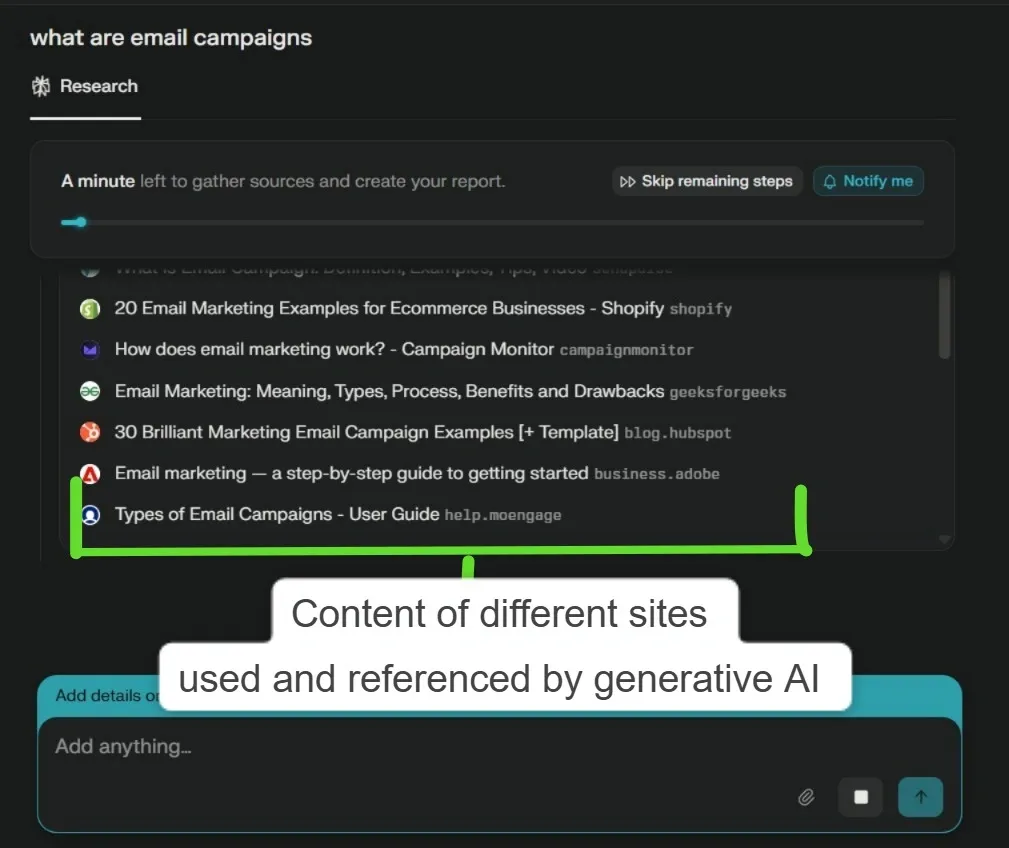
3. Where Results Appear
SEO
Organic pages appear in traditional search engine result pages such as Google and Bing. These can include organic listings, featured snippets, image results, video results, and local map packs.
AEO
Your webpage appears in AI-powered answer boxes, voice assistant responses, and featured snippets. Examples include Google Assistant, Siri, Alexa, and Google’s People Also Ask section.
GEO
Results appear in AI-generated responses from large language model platforms. Examples include ChatGPT with browsing, Google AI Overviews, Bing Copilot, and other generative search interfaces that synthesize information from multiple sources.
4. Success Measurement & Attribution
SEO
Usually, seo is tracked through organic traffic volume, rankings by keyword, SERP position, click-through rate (CTR), conversions, and engagement metrics (like time on page, bounce rate).
Here is an image of the Google Search Console dashboard, illustrating how businesses monitor their website’s organic traffic, keyword rankings, click-through rates, and search visibility within traditional search engine results:
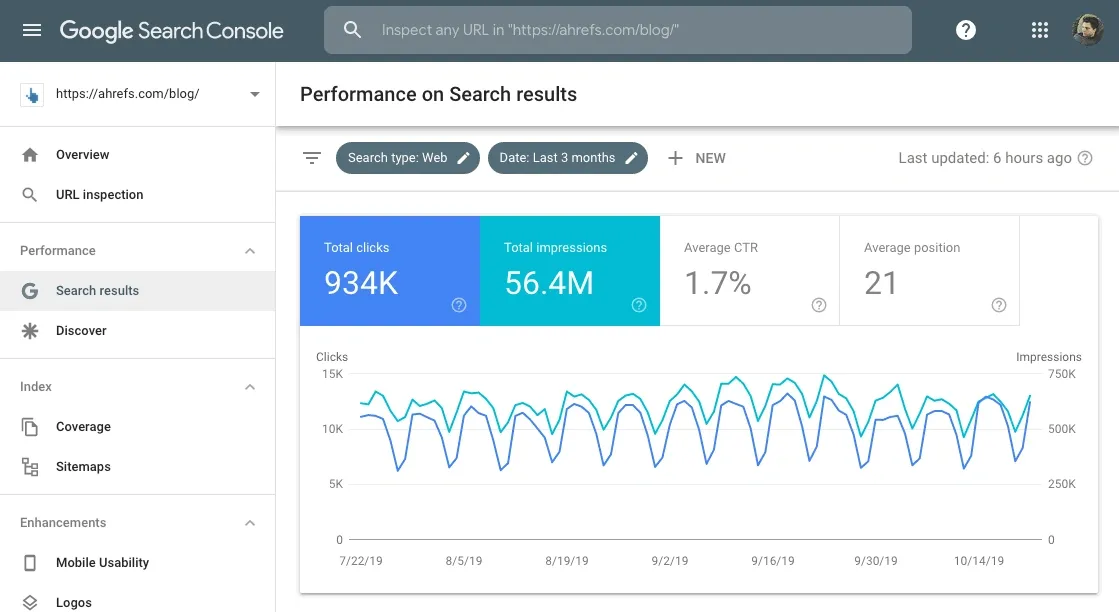
AEO
AEO is usually tracked through the number of answer boxes, featured snippet captures, voice search response frequency, PAA triggers, and zero-click impressions.
Increasingly measured by external tools or search console rich result reports, however, it is often challenging to measure due to the lack of clicks.
Here is an image of the OmniSEO dashboard showcasing how businesses can track their visibility and citations across various AI chatbots, answer engines, and AI-powered platforms like AI Overviews:
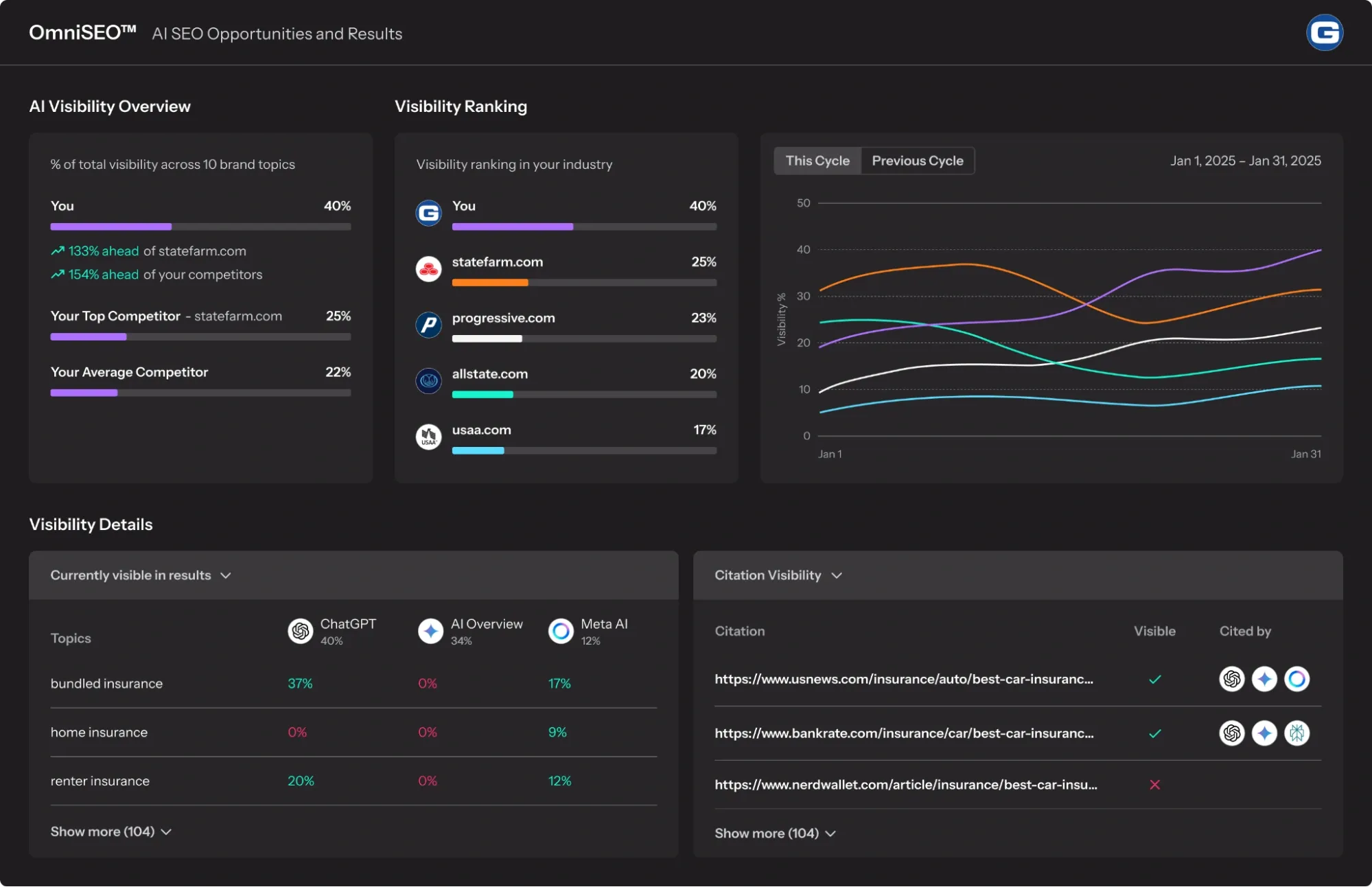
GEO
GEO is tracked through being featured and highlighted in AI-generated summaries, direct citations in answers from generative AI tools, presence in LLM-powered responses and AI overviews, Indirect traffic from chatbots and AI-assisted platforms. Tracking GEO is still not 100% accurate as it often depends on monitoring AI panels and citations, sometimes using third-party tools.
As of now, you can use tools like Mangools to track geo for your brand:

5. Do You Need All Three?
SEO
Search Engine Optimization is the foundation. It improves your website visibility in Google, Bing, and other search engines by targeting relevant keywords, earning quality backlinks, and ensuring a technically sound site.
Good SEO practices, such as content creation, structured data, and authority building also support AEO and GEO.
AEO
Answer Engine Optimization focuses on making your content easy for AI assistants, voice search tools, and featured snippets to understand and use. It involves clear question and answer formats, concise answers, and structured markup. Most AEO work overlaps with standard SEO.
GEO
Generative Engine Optimization targets visibility in AI powered platforms such as ChatGPT, Google AI Overviews, and other LLM-based search tools. GEO benefits heavily from SEO fundamentals but also values unlinked brand mentions, strong entity connections, and LLM-friendly content formats such as well labeled documents or PDFs.
Bottom line
If you invest in solid SEO, you are already covering most AEO and GEO needs. You do not need to run three separate strategies. You only need to adapt your SEO approach to include structured answers, entity-rich mentions, and formats that LLMs can easily process.
👉 Need a detailed comparison of organic and paid strategies? Explore our in-depth SEO vs Google Ads pros and cons guide for actionable insights.
What are the SEO strategies to optimize for all?
1. Comprehensive Keyword and Intent Research
Good SEO begins with understanding what people are searching for and why. Whether it’s a quick answer or a detailed explanation, your content should match how users think and ask questions. For this, you try to:
- Address various types of search intent: informational (seeking knowledge), navigational (looking for a specific site), transactional (ready to take action or buy), and conversational (seeking interaction or support).
- Focus on question-style keywords that often appear in featured snippets and “People Also Ask” boxes.
- Match the format of your content to the kind of answer people expect, like short replies or step-by-step explanations.
- Use tools like Google Search Console, SEMrush, AlsoAsked, and AI query prompts to keep up with changing search behavior.
2. Structured, Clear, and Concise Content Formatting
Your goal is to make every page easy for both users and LLMs to scan, understand, and extract. Start by planning your heading hierarchy before you write. Use one H1 for the main topic, break major points into H2 sections, and add H3 subpoints for details. This structure signals the importance of each section to search engines and AI models.
Write in short, focused paragraphs with no more than four sentences each. If a section feels long, break it into smaller chunks or add subheadings.
For feature lists, step-by-step instructions, or comparisons, format the information into lists to make it easier for LLMs to pull into concise answers.
Choose a primary keyword phrase and repeat it naturally throughout the content. Avoid switching to synonyms unless you define them, as consistency helps AI models associate your page with the topic. When you introduce a technical term, define it in the same sentence so readers and AI can instantly understand it.
Support your claims with specific, verifiable data, such as names, numbers, and statistics make your content more authoritative.
3. LLM SEO: Large Language Model Search Optimization
LLM SEO focuses on optimizing content so AI tools like ChatGPT, Gemini, Perplexity, and Claude pull, cite, and recommend your brand in their answers. These models prioritize clarity, relevance, and trustworthiness. Unlike traditional SEO, rankings are not determined by SERPs but by whether your content is in the LLM’s training data or retrieved live through connected search. Success requires concise, fact-rich writing, entity-based optimization, and publishing in formats LLMs can easily reference, such as FAQs, how-to guides, and structured data.
Action Items:
- Audit your brand’s visibility in AI responses for target queries.
- Publish content in clear, simple language.
- Use entity-based optimization with relevant linked data.
- Add well-structured FAQs to key pages.
- Include authoritative references and statistics.
- Publish content on trusted third-party sites to widen citation sources.
4. AEO: Answer Engine Optimization
AEO targets “answer engines” like Google’s AI Overviews, Bing Copilot, and Perplexity AI that return direct answers instead of clickable search results. The strategy focuses on structuring your content so it becomes the most relevant, accurate, and easily extractable source for these answers.
AEO overlaps with LLM SEO but is more about formatting and technical readiness for answer extraction. This includes structured markup, schema implementation, and providing concise, authoritative answer blocks within your pages.
Action Items:
- Use schema markup (FAQ, HowTo, Product, Organization).
- Add concise, answer-ready paragraphs for common questions.
- Maintain updated and verifiable data points.
- Optimize content for featured snippets and knowledge panels.
- Track answer engine citations using LLM/AEO monitoring tools.
- Build authoritative topical coverage across your site.
5. Strategic Link Building for Multi-Channel Visibility
Link building remains a cornerstone of traditional SEO, but for LLM SEO and AEO, the focus shifts toward earning links from trusted, high-authority sources that AI models are more likely to reference. These include reputable news sites, industry blogs, government pages, educational institutions, and niche directories.
In fact, strong inbound links signal authority to search engines, improve your ranking in traditional SERPs, and increase the likelihood that LLMs will pull your content as a credible source.
When doing a link-building campaign, remember that quality is more important than quantity, and diverse link profiles ensure visibility across search and AI-powered platforms.
For example, instead of chasing 50 low-quality links, aim for 5–10 high-authority ones in your niche. For a cybersecurity firm, links from Cybersecurity Today, Gartner, and a university research paper build stronger credibility. These boost Google rankings and increase the chance that LLMs like ChatGPT will cite you.
A mix of industry blogs, news sites, and research sources creates a diverse profile for visibility in search and AI platforms.
Action Items:
- Identify and pitch guest post opportunities in your niche.
- Create link-worthy assets (original research, infographics, industry tools).
- Build relationships with journalists via platforms like HARO and Qwoted.
- Get listed in relevant industry associations and local business directories.
- Reclaim lost links by contacting webmasters who removed or broke them.
- Monitor competitor backlinks and replicate their highest-quality links.
6. Topic Authority Building
Search engines and LLMs both prefer brands that are recognized experts in a subject area. Topic authority building means covering every important subtopic in your niche with high-quality, interlinked content.
This not only improves traditional SEO rankings but also increases the likelihood of being cited in LLM and AEO results because your brand becomes the “go-to” reference for that subject. The stronger your content coverage, the more trustworthy you appear in AI training datasets and answer engines.
Action Items:
- Identify all subtopics under your main niche.
- Create pillar pages for main topics and cluster pages for subtopics.
- Link all related pages with descriptive anchor text.
- Refresh and expand content regularly to maintain topical completeness.
- Use case studies, research reports, and proprietary data to stand out.
7. Offsite content strategy to control brand narrative
LLMs and answer engines pull from a mix of first-party and third-party sources. Getting your brand mentioned in high-authority publications, industry blogs, and forums increases the chances of those mentions being surfaced in AI answers.
This acts as an indirect but powerful ranking factor for both LLM SEO and AEO.
Action Items:
- Pitch guest posts to high-traffic industry websites.
- Get listed in reputable industry directories.
- Collaborate on research studies with academic or media outlets.
- Engage in expert roundups or podcast interviews.
- Monitor brand mentions and request backlinks where missing.
How is Tenet optimizing for the new age SEO in this AI era?
Tenet’s SEO approach focuses on real business results, not just rankings. We solve problems like traffic that does not convert, weak keywords, low-value content, slow websites, and poor-quality links.
We choose keywords with clear intent, create content that helps users, and fix technical issues for better performance. We build links through trusted sources, not risky tactics.
We prepare your site for AI search, voice answers, and zero-click results so you stay visible. Our reports show how SEO brings leads and sales, not just clicks. We keep updating and testing to stay ahead of changes.
This way, your growth is steady, competitive, and ready for the future of search.
Contact us today for a custom review of your website. See firsthand how we help companies turn search visibility into real-world success.
👉 Contact our SEO experts and get a free SEO proposal
Want your website to rank in AI search engines? Get a free LLM SEO proposal plan.
Want your website to rank in AI search engines? Get a free LLM SEO proposal plan.

Got an idea on your mind?
We’d love to hear about your brand, your visions, current challenges, even if you’re not sure what your next step is.
Let’s talk
